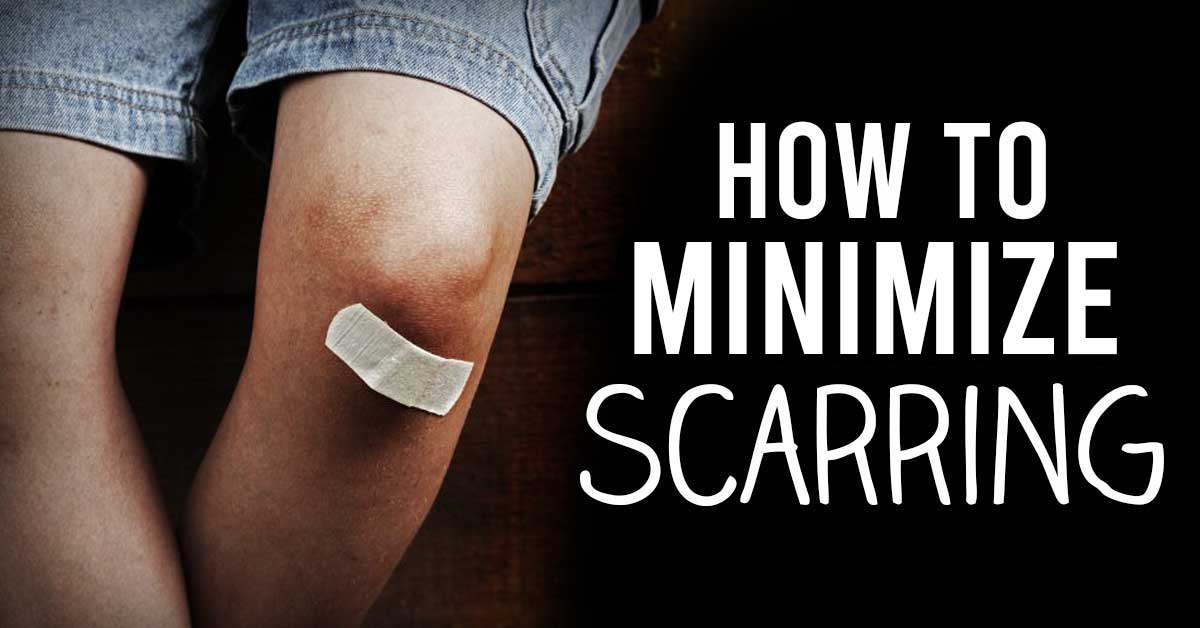Cutting yourself is painful enough, but the proposition of it creating an unsightly long-term scar is another concern. You can take a few careful steps to help minimize the visibility of scarring.
What causes a scar to leave a long-term mark on your skin?
Damage to your lowest layer of skin is often when scarring is most likely. Because this layer is so rich in collagen, which helps your skin heal, collagen is used in a healing response to help repair the skin.
Scarring is the result of a lack of collagen at the place of injury. As we grow older the amount of available collagen in our body decreases, thus increasing the likelihood our skin will scar.
The speed at which a wound can heal is often influenced by how much blood is circulating in the body part that receives the cut.
Stages of healing
- Hemostasis: Platelets are sent to the area of injury where they bind together, sealing to form a scab.
- Inflammation: White blood cells make their way to the sight of injury to fight off bacteria
- Proliferation: The outer edges of the scab will begin to fall off and in the process leave behind new skin underneath.
- Maturation: At this point, the wound has finalized healing and the scab will come off, at which time you may discover a scab underneath.
Minimizing scarring with at-home remedies
Keep these suggestions from the American Academy of Dermatology Association (AAD) in mind the next time you have a cut. Of course, if your cut is severe, you should seek immediate medical attention if you are unable to stop the bleeding.
- Keep the area of injury clean (us water and mild soap if you need to clean it)
- To promote healing, keep the skin moist using petroleum jelly (vaseline is similar)
- Keep your skin bandaged while it is healing and change the bandages daily
- Use sunscreen on the wound after the scab has come off to help any scarring fade faster
Above all – leave your scabs alone. It may be tempting to pick at scabs, but doing so will cause your skin to become exposed again before it has healed.


